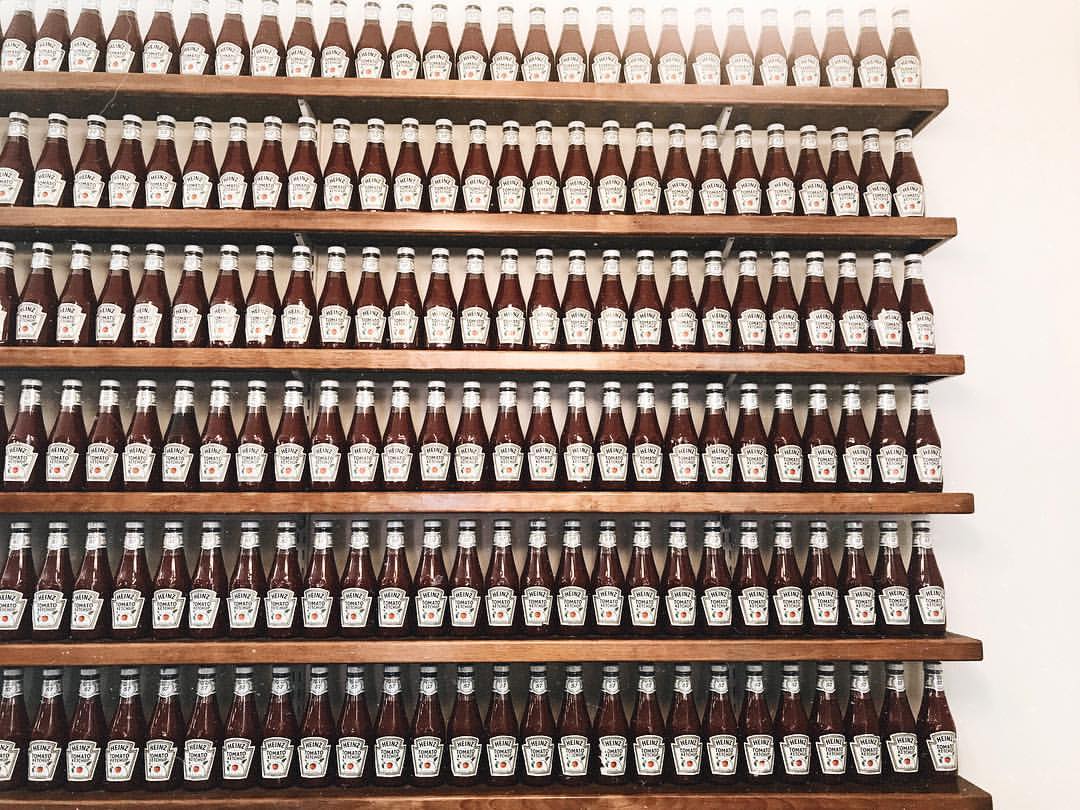Service Industry Employees
The pandemic has shown Americans that the millions of service industry employees are
an economic force. But, until this moment, did patrons and lawmakers ever really see
them?
Luke Taylor, a writer, researcher, podcaster and service industry worker in New York
describes the situation this way: “It happened quickly. On Monday we were getting
emails about hand sanitizer at every station, by Wednesday we weren’t accepting cash,
by Friday midday we got an email about new menu items and then, within an hour, we
were closed indefinitely.
Nitehawk, a little indie dine-in movie theater staring at Manhattan across the water
from Brooklyn, was an immovable staple of Williamsburg nightlife — or at least that’s
what Taylor thought after running food to sold-out theaters for a year and a half. “But
here we are,” he says. “My last shift was a brunch shift, so empty the chef could have
taken the orders, prepped and made the food, served it, bussed it, and cleaned up all by
himself.”
It’s a scene playing out all across the country, from the epicenters of coronavirus
outbreaks in California, New York City, and Washington state to cities and towns and
roadside diners in rural America. So where does that leave the nation’s 15.6 million
restaurant workers, nearly 8 million of which work in locally owned small
businesses...the second-largest number of any industry.
Taylor goes on: “We’re the dreaming people, the striving people, the laughing people.
We’re painters and playwrights, comedians, dancers, animators, entrepreneurs,
students, musicians, actors, drag queens, skate punks, and amateur boxers. We’re
immigrants from Ecuador, El Salvador, Senegal, the Philippines, and Iowa. We’re new
fathers hoping to do it a little bit better. We’re old vets, cuts and burns writing their
sentences over the tattoos on our forearms. We speak Creole and Spanish and Hindi. We
work three jobs — babysitting, security, freelance PA work, selling weed, teaching yoga,
bartending at another restaurant, taking care of our little cousins. We’re working on
master’s degrees and business plans. We’ve got schemes and big ideas, weird shows and
poetry readings. That’s me, that’s my people, caught at a glance through swinging
doors.”
So what is this moment going to show us all when we look back on it?
Surprisingly, we’re finding that it’s the forgotten jobs we’re learning to appreciate most
— the service industry worker, the waiter, the cook, the grocery store clerk, the delivery
person, the social worker, the teacher, the nurse.
